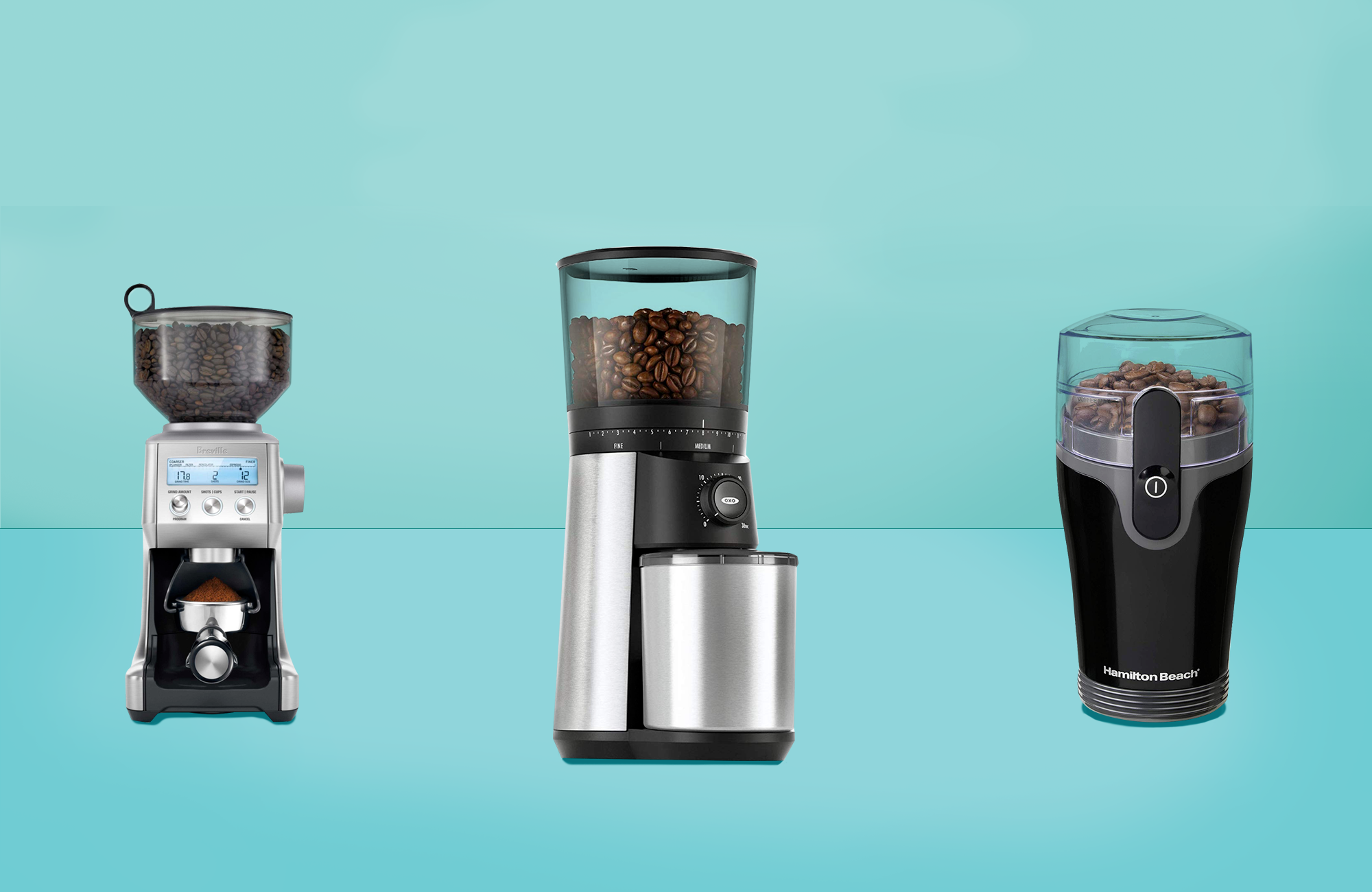Coffee enthusiasts know that the key to a great cup of coffee is freshly ground beans. An electric coffee grinder can make it quick and easy to grind coffee at home to your precise taste preferences. However, with the various types of grinders available, each offering a range of features, it can be overwhelming to select the right one. This article will guide you through understanding grinder types, identifying key features, considering grinding capacity, evaluating ease of use and cleaning, and contemplating price and quality to help you choose the best electric coffee grinder(spanish: camas para niñas) for your home.
Understanding Grinder Types
The Basics
Blade grinders are the more affordable option, often compact and simple to use, making them a popular choice for beginners or casual coffee drinkers. They work similarly to a blender, using a spinning blade to chop up the coffee beans. While they are a budget-friendly option, blade grinders can result in uneven grind sizes which might affect the consistency of the brewed coffee.
The Consistent Choice
Burr grinders, preferred by avid coffee enthusiasts, use two revolving abrasive surfaces (‘burrs’) to grind the beans a few at a time. This method achieves a uniformly consistent grind, which is crucial for extracting maximum flavor, especially important for high-quality specialty coffees. They typically come in two types: flat and conical burrs, each with its own pros and cons concerning grind uniformity and heat generation.
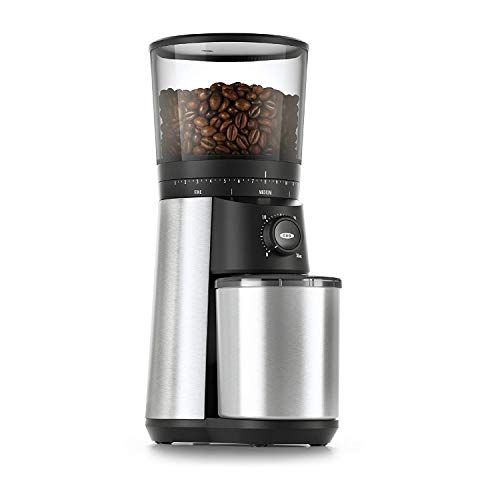
Identifying Key Features for Optimal Grinding
Adjustable Settings for the Perfect Grind
Look for a grinder with adjustable settings that allow you to control the grind size and consistency. Whether you prefer a fine grind for espresso or a coarse grind for French press, having a grinder with multiple settings is essential for brewing different types of coffee at home.
Durability and Material Quality
The durability of your coffee grinder is often determined by the material quality of its components. High-quality grinders usually have stainless steel or ceramic burrs, which hold up well against frequent use and maintain sharpness over time. Inexpensive grinders might use materials that wear down faster, potentially affecting the grinder’s longevity and grind consistency.
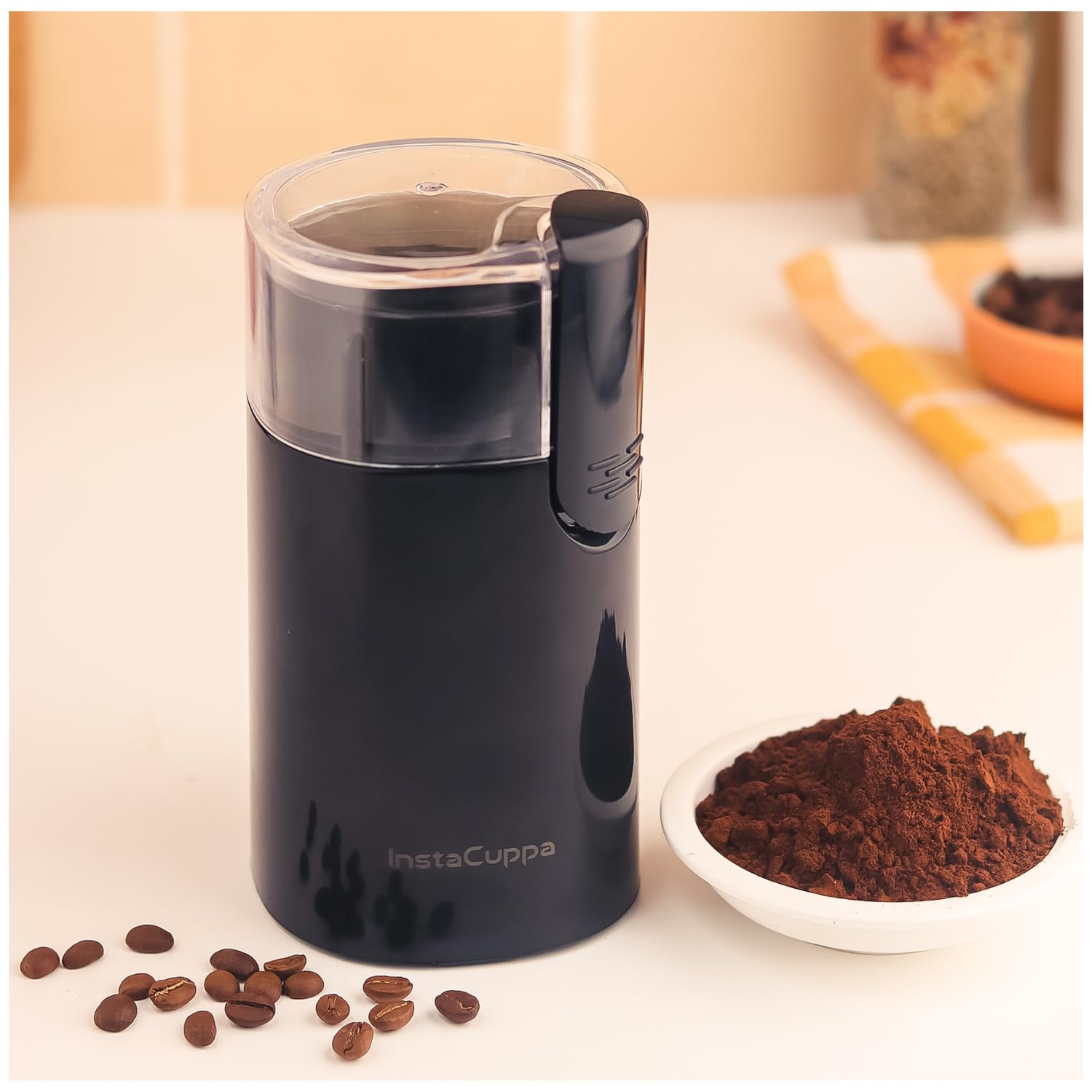
Considering Grinding Capacity
Single Serve vs. Batch Grinding
Assess how much coffee you typically brew. If you only need a single serving at a time, a grinder with a smaller capacity may suffice. However, if you brew large batches or entertain often, look for a grinder that can handle grinding larger amounts of coffee at once without overheating.
Hopper Size and Storage
The grinder’s hopper is the container that holds the beans before grinding. Choose a hopper size that matches your regular brewing needs. Some grinders also offer airtight hoppers for storing beans, keeping them fresh until you’re ready to grind.
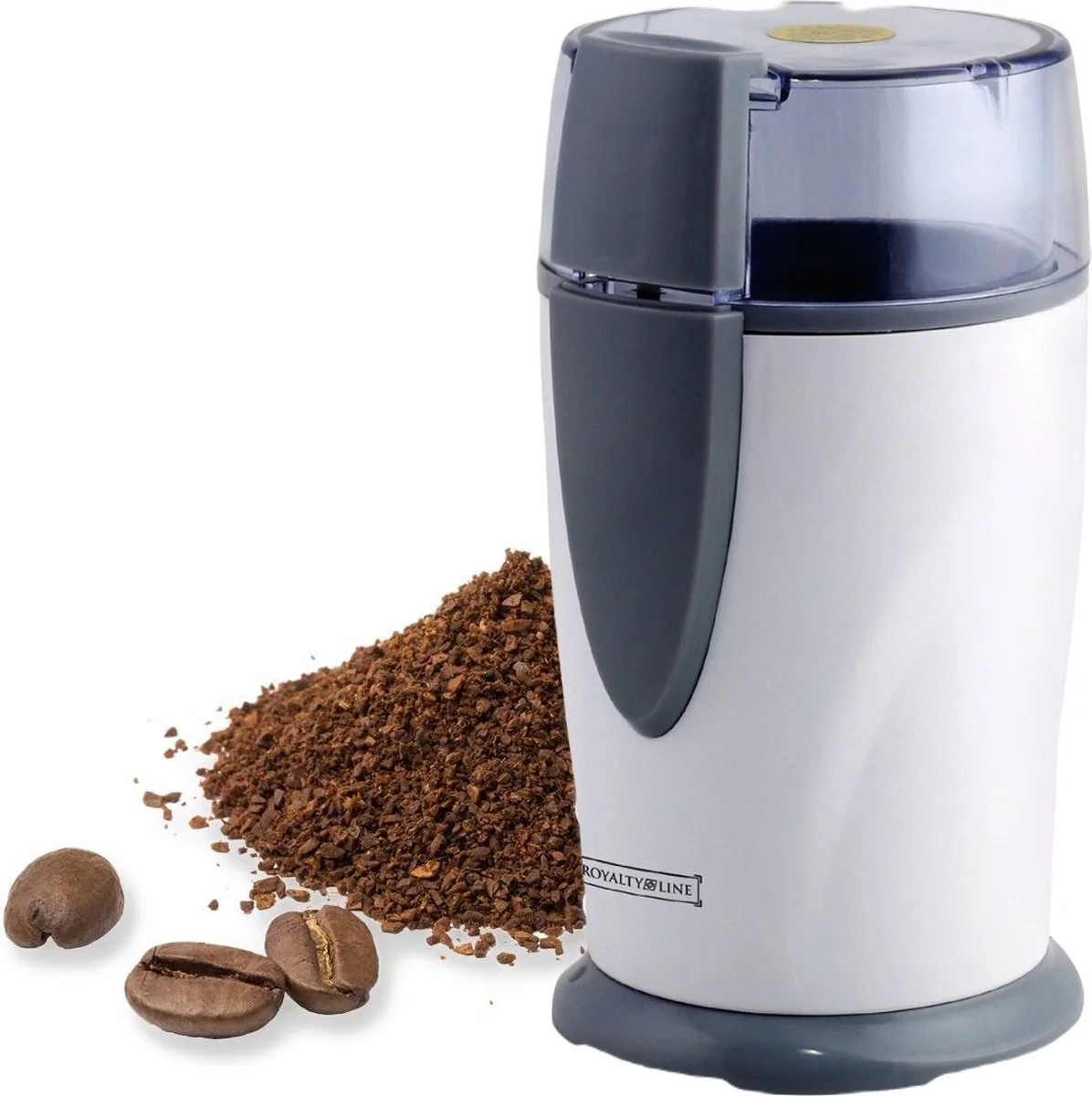
Evaluating Ease of Use and Cleaning
User-Friendly Controls and Accessibility
A grinder should be intuitive to operate. Consider models with clear, accessible controls and automatic grinding functions. For added convenience, some grinders come with programmable settings, so you can achieve your ideal grind at the touch of a button.
Maintenance and Cleanliness
Regular cleaning is essential to ensure that your grinder stays in top condition and that your coffee tastes fresh. Look for a grinder design that enables easy disassembly and cleaning of the burrs and other components. Removable parts that are dishwasher-safe can make the cleanup process much quicker and more effective.
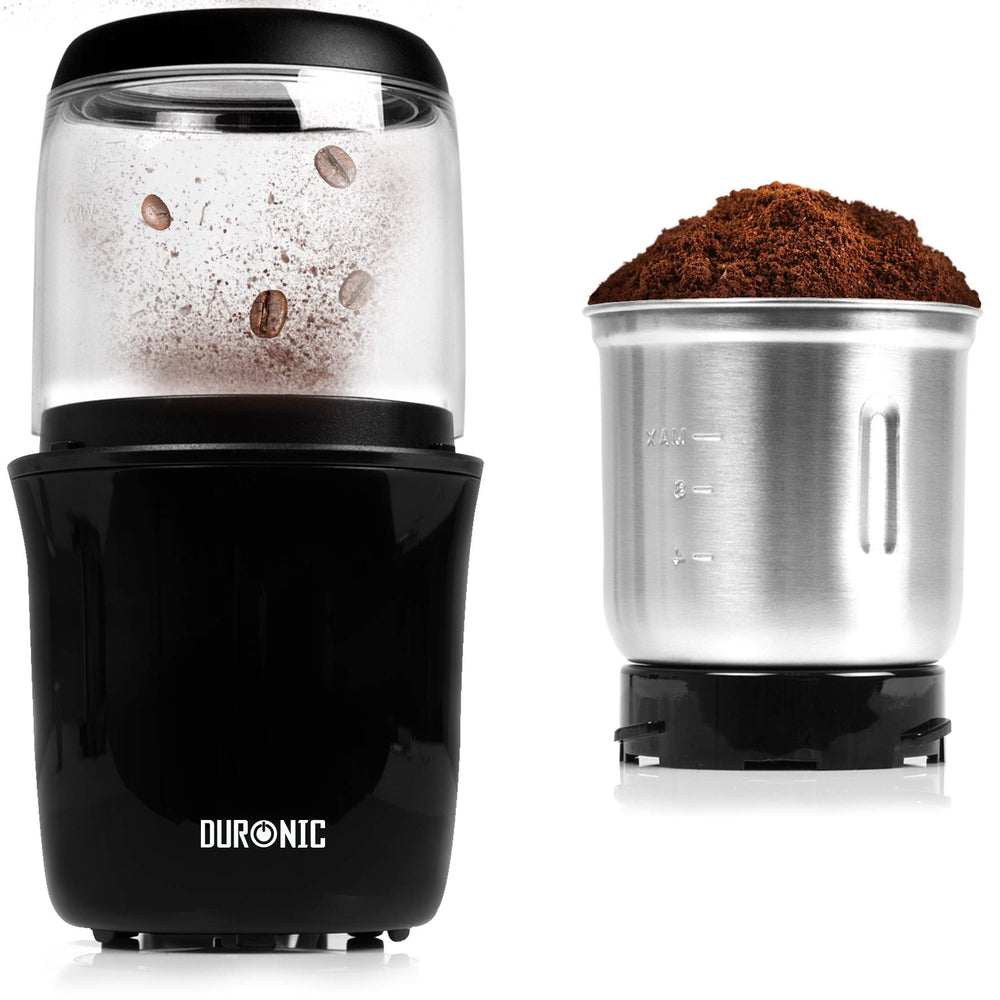
Price vs. Quality: Striking the Right Balance
Budget-Friendly Options
While blade grinders are often more affordable, they may not provide the grind consistency desired by more experienced coffee drinkers. Determine your budget and consider if investing a little more in a burr grinder might enhance your overall coffee experience.
Investing in Quality for Long-Term Use
Higher-end electric burr grinders are generally more expensive but can be worth the investment for serious coffee lovers. They offer better grind consistency, more durability, and finer control over grind size. Plus, a higher quality grinder could save you money in the long run by lasting longer and providing a better-tasting cup of coffee every time.
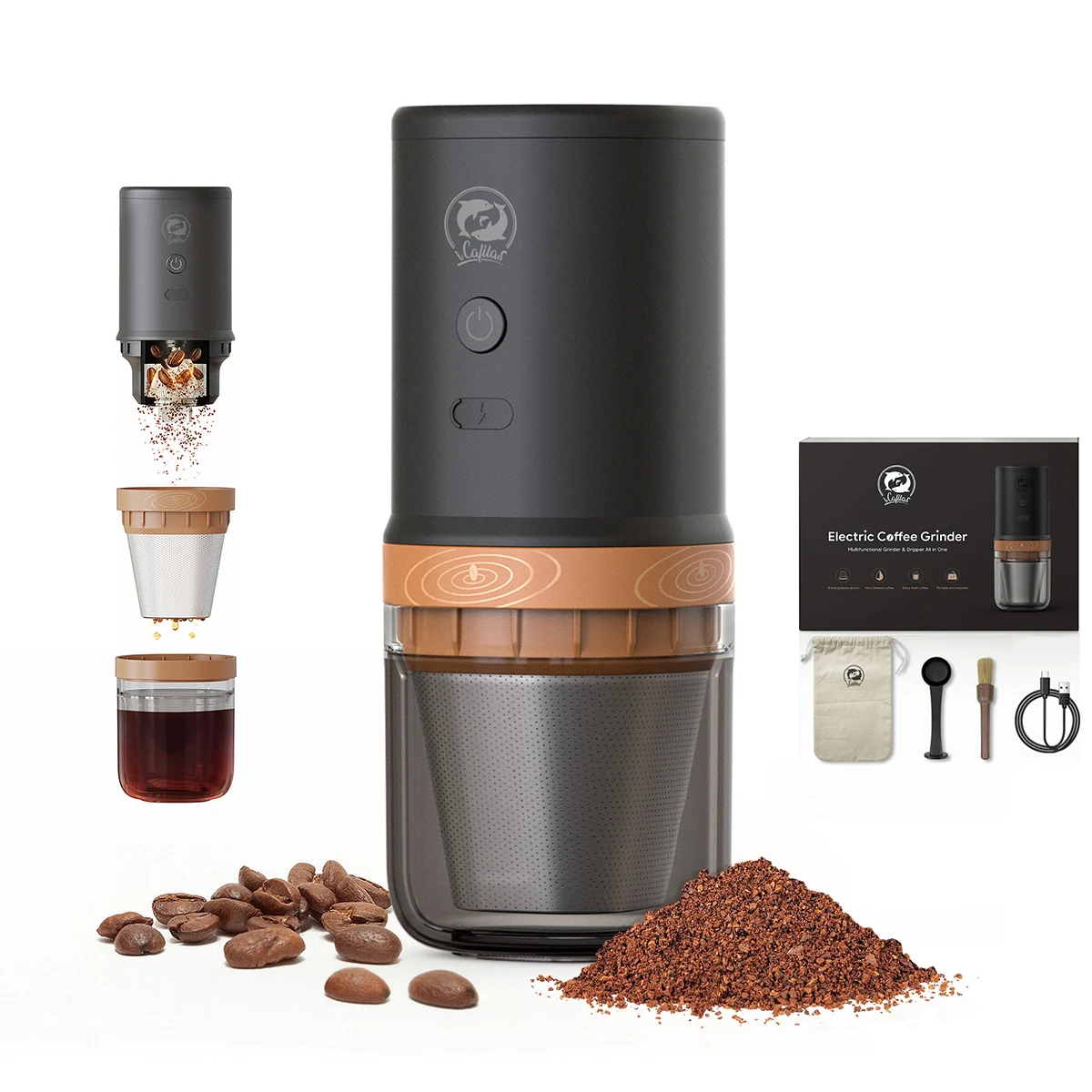
The Importance of Grind Size and Speed
Precision in Grind Size for Flavor Extraction
Grind size is a critical factor in coffee flavor extraction. Each brewing method has its ideal grind size; espresso requires a fine grind, while methods like French press need a coarser texture. Arguably the most important feature of a grinder is its ability to produce consistent particle size, which directly influences brewing time and flavor profile. Choose a grinder that provides precise and repeatable settings to achieve the perfect grind for your preferred brewing method.
Considering Speed and Heat Generation
The speed at which a grinder operates can affect coffee flavor due to heat generation. High-speed grinders may heat the beans, potentially altering the taste. Slow-speed or gear-reduction grinders can minimize this risk. Evaluate the speed settings available and opt for a model that prioritizes a cooler grinding process to protect the integrity of your coffee beans.
The Role of Noise Levels and Counter Space
Finding a Grinder That Respects Your Space and Sound Preferences
Electric coffee grinders vary in the amount of noise they produce. In close-quarters living or shared spaces, a loud grinder may be disruptive. Consider the noise level of each model and seek out grinders that are known for quieter operation. Additionally, evaluate the physical size of the grinder – a compact design may be more suitable for small kitchens or limited counter space, ensuring that your grinder fits comfortably without contributing to clutter.
Aesthetic Appeal Versus Practical Functionality
While the main function of a coffee grinder is to efficiently grind coffee beans, many now come with sleek designs and finishes that complement modern kitchen aesthetics. Decide whether you prefer a grinder that makes a style statement or if simplicity and functionality take precedence. Sometimes, a minimalist design can be just as captivating as a feature-rich model, as long as it serves its primary purpose well and blends seamlessly with your home environment.
Leveraging Reviews and Warranties
Utilizing Customer and Expert Opinions
As you browse different grinders, take the time to read customer reviews and expert opinions. Hands-on experiences and comparative analyses can offer insight into a grinder’s performance, durability, and any potential long-term issues. Reviews can highlight pros and cons that may not be immediately evident and help you make a more informed decision.
Considering Warranty and Customer Support
Finally, check the warranty offered with the coffee grinder. A solid warranty can give you peace of mind, knowing that the manufacturer stands behind their product. Additionally, consider the responsiveness and helpfulness of the customer support team. In cases where you might need assistance with troubleshooting or claiming warranty service, strong customer support is invaluable.
Finding the Ideal Grinder for Your Morning Ritual
Choosing the right electric coffee grinder for your home comes down to a combination of personal preference, brewing habits, and budget. By understanding the types of grinders available, prioritizing the features that matter most to you, considering your grinding needs, evaluating the user experience, and balancing price with quality, you’ll be well-equipped to select a grinder that meets your requirements. A good coffee grinder is an investment in the quality of your daily brew—take your time choosing the right one, and it’ll transform your coffee ritual into an art form.
